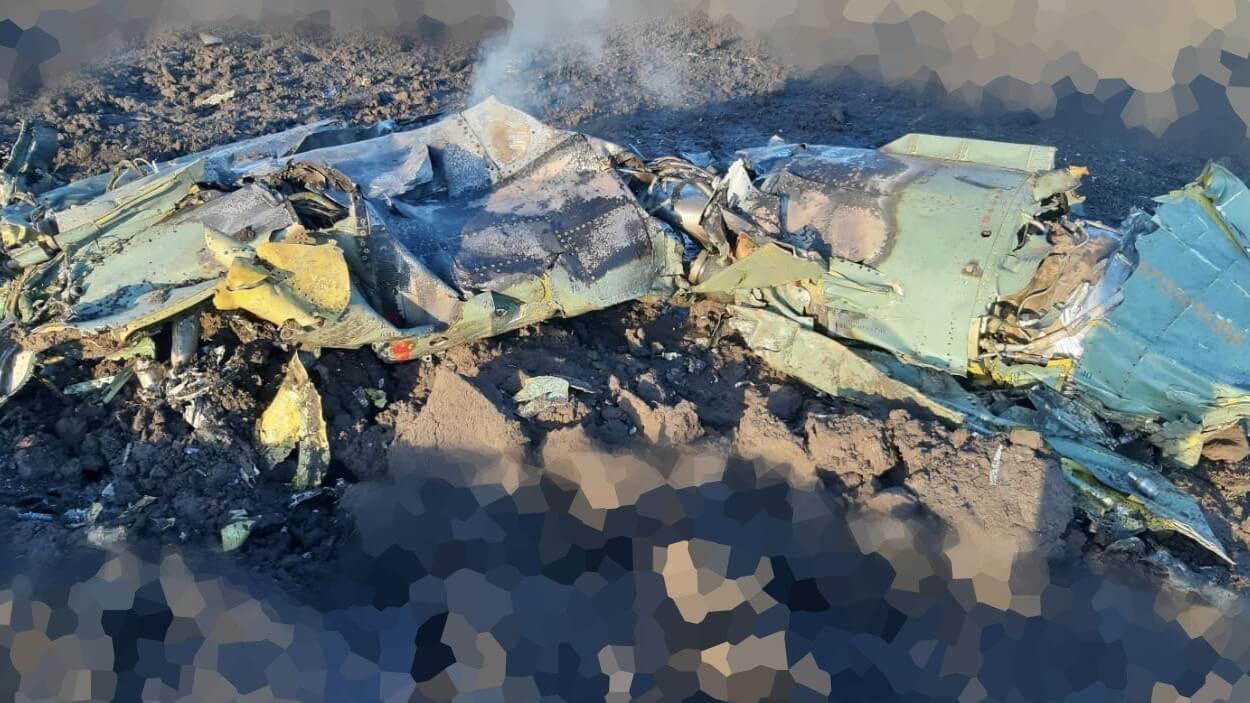Media reports that Russia fired a rare 4-ton missile from the 1960s over Ukraine
Estimated reading time: 3 minutes
Recent social media posts reveal the wreckage of a P-35 missile in Ukraine, marking the first known use of this 1962-era anti-ship missile by Russia. The missile is with a distinct wing design.

A rare 4-ton missile from the 1960s
Russia could employ the P-35 missile, which was adopted in 1962, for an attack on Ukraine.
Recently, a photo of the wreckage of one of these missiles surfaced on social networks, marking the first documented instance of Russian use of such a missile.
The published photos reveal the remains of the P-35, a missile with significant dimensions, measuring 10 meters in length and weighing 4 tons at launch. Developed in the 1950s, it entered service in 1962 as an anti-ship missile. The Russian Federation likely aimed it at targets in the southern regions of Ukraine.
https://twitter.com/front_ukrainian/status/1748047217607196949
Notably, identifying the P-35 directly in the wreckage in the photo is challenging, but the missile has a distinct wing design.
As reported by Defense Express, the P-35 is still in service in the Russian Federation and serves as a countermeasure to the Redut coastal missile complex. As of 2021, there have been 8 known launches. The P-35 was utilized at the stationary "Utes" complex, also known as "Facility-100," located near Balaklava. In this complex, rocket launchers are concealed underground and raised only before launch.

Still in service
Despite its age, the P-35 missile is still utilized by the Russian Federation, notably in the Redut coastal missile complex. As of 2021, the Russian forces are estimated to maintain around 8 of these setups.
Apart from the Redut complex, the P-35 missile is also deployed in the Utes stationary complex, also known as Object-100. This complex consists of underground facilities near Balaklava, where missiles are stored underground and only raised when primed for launch.
Russia is known to have had one such complex on Kildin Island in the Barents Sea. Additionally, after the occupation of Crimea, another complex fell under the control of the Russian Federation. Although previously inoperable, it was restored in 2016.
These missiles have a unique cigar-shaped body, with a high-sweep wing and an underbody vertical stabilizer. Fitted with an air intake under the fuselage in the aft section, they are powered by a KRD-26 turbojet engine. The missile is launched from a standard container using two solid-fuel rocket boosters.
About P-35
The missile’s striking range is determined by its altitude and flight profile. It can be set to fly at altitudes ranging from 400 to 7000 meters. Depending on the altitude, the missile can cover a distance between a minimum of 100 kilometers and a maximum of 300 kilometers. It can achieve a top-flight speed of M=1.8 and can accommodate a high-explosive payload weighing up to 560 kg or bear a TNT-equivalent nuclear warhead of up to 20 kilotons.
Featuring a classic guidance system for its time, the P-35 employs inertial guidance during the marching section, with an active radar guidance head at the end. The missile is capable of striking coastal targets, requiring radio contrast for effective use. This implies that P-35 rocket launchers function similarly to Kh-22 rockets.



